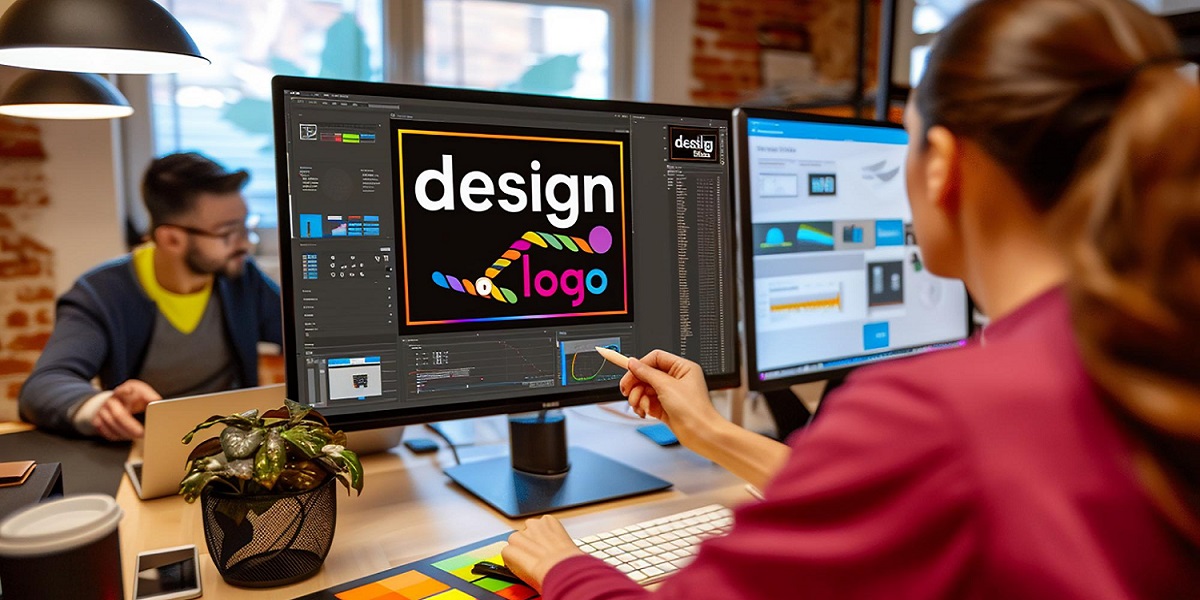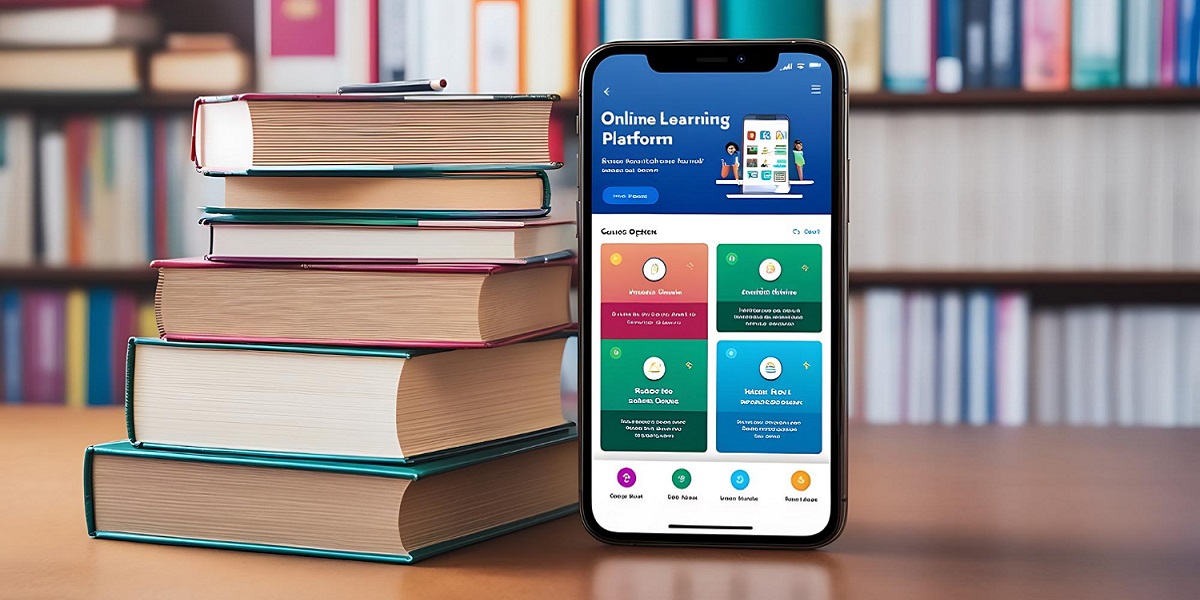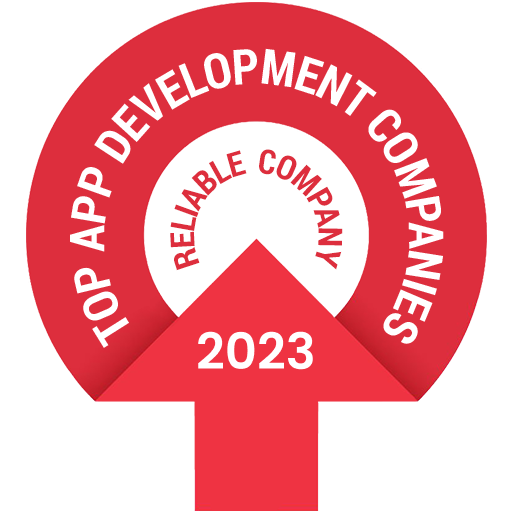.png)
How to Create a Multilingual Text Extraction System Using Java and OCR
- By Abubakar Aslam
- 18-10-2024
- Technology
Businesses and organizations around the world have to deal with huge amounts of text documents in many languages. It takes a long time and is prone to making mistakes when you process data by hand, like scanned papers, bills, or messy notes. As globalization grows, it will become even more important to have fast automatic text extraction.
When you wake up in the morning and you have a lot of papers written in different languages piled up on your desk, it will be hard to keep track of them all. Things go wrong, dates are missed, and work doesn't get done. These wasteful actions make workers angry, which is bad for business. It is not possible to get text from different sources quickly or correctly, which makes it hard to make informed decisions and slows down work.
This is where Optical Character Recognition (OCR) and Java really show how powerful they are. You can automatically get text out of scanned pictures or papers that are written in more than one language with OCR power. Java is critical in this case because it allows you to create an expandable solution by providing the freedom and power you require. If you want to make your international text extraction system more accurate and efficient, this blog post will show you how to do it. Let's have a detailed look into it.
What is OCR?
Optical Character Recognition (OCR) technology can convert printed or handwritten text on an image into digital text. This technology can be used to do things like digitize books and enter data automatically. This is helpful in various areas as it eliminates errors and reduces time consumption.
For instance, suppose there’s a stack of printouts that must be scanned and converted into digital format. Manually typing all the words would take many days. This process is automated by OCR technology that converts image to text that can be edited and searched quickly and accurately. Not only does this reduce the amount of time spent doing it but also minimizes human errors, hence bettering data precision.
How Do OCR Tools Work?
Modern OCR engines use machine learning to convert image to text. They find characters and words by comparing scanned images to patterns of stored text. There are several steps to this process:
Image Acquisition
Capture the image containing text. To do this, you need to get a clear, high-resolution image of the text-containing document or object using a scanner, camera, or any other digital device.
Preprocessing
Make the picture better so it is easier to recognize. This step includes lowering the noise, binarization, and contrast. This step helps make the text clearer and easier for the OCR engine to read.
Segmentation
Separate the image into parts and mark the text lines and words. To make the recognition process faster and more accurate, segmentation divides the image into manageable pieces. It includes separating lines, words, and characters.
Feature Extraction
Find patterns that are unique in the text. Feature extraction finds certain things about the text, like edges, shapes, and curves, that can be used to tell the difference between characters and symbols.
Recognition
Use known text patterns to match the extracted features. The recognition step compares the features that were extracted with a database of known text patterns to correctly name the words and characters in the image.
Post-Processing
Fix any mistakes and make the text look better by refining it. Post-processing fixes any mistakes that were made during recognition, uses grammar rules, and formats the text to make sure it can be read and meets the standards.
Choosing the Right OCR Library
There are many OCR libraries out there, but Tesseract is the best. It supports many languages and works well with Java. Tesseract is a popular choice among developers because it is open source and has a lot of useful features.
The history of Tesseract goes back to Hewlett-Packard in the 1980s, and it has changed a lot since then. As of now, Google takes care of it and makes sure it stays reliable and up to date. The library supports more than 100 languages, which is essential for a multilingual text extraction system.
When selecting an OCR library, it is important to consider factors such as language support, accuracy, ease of integration, and community support. Tesseract is great at these things, which makes it a good choice for our project.
Setting Up Your Development Environment
Start by setting up an Integrated Development Environment (IDE) like IntelliJ IDEA or Eclipse and the Java Development Kit (JDK). Download and install Tesseract OCR. Make sure you have the right Tesseract language data files.
Install JDK
Get the most recent JDK from Oracle's site. Follow the installation instructions for your operating system.
Set Up Your IDE
IntelliJ IDEA and Eclipse are popular choices. Download and install your preferred IDE.
Install Tesseract
Go to the GitHub page for Tesseract. Follow the installation instructions specific to your operating system.
Language Data Files
Get the language data files you need from Tesseract's repository. Insert these files into the Tesseract data folder.
These steps will make sure that your development environment is prepared for putting OCR into action.
Basic Implementation in Java
Here’s a simple example of using Tesseract with Java:
.png)
This code sets up Tesseract, tells it where to find the data, and uses an image to get text out of it.
- Import Tesseract and other necessary libraries.
- Create a Tesseract instance.
- Specify the path to Tesseract’s data directory.
- Use the OCR method to process an image and extract text.
This basic implementation demonstrates how easy it is to get started with Tesseract and Java.
Handling Multilingual Text
It can be hard to extract text in more than one language. Tesseract supports multilingual OCR, but you must configure it correctly. Provide the languages by using language codes, with a plus sign between each one:
![]()
Tesseract can read text in English, Spanish, and French with this configuration. The language codes follow ISO 639-2 standards. You can find a list of supported languages and their codes in Tesla’s documentation.
Planning is important for multilingual OCR. Consider the languages you need to support and ensure you have the necessary data files. To make sure your system works right, test it with different language combinations.
Improving Accuracy
Improve OCR accuracy by preprocessing images. Some methods, such as noise reduction, scaling, and binarization, help Tesseract read text better. Before you give images to Tesseract, you can use libraries like OpenCV to prepare them.
- Scaling: Resize images to enhance text clarity. Larger images often yield better OCR results.
- Noise Reduction: Use filters to remove noise. Noise can make it hard to read text.
- Binarization:
- Convert images to black and white. This step makes the picture simpler so that Tesseract can read the text better.
For example, here's how to use OpenCV for preprocessing:
.png)
This code prepares an image by turning it into grayscale, blurring it with a Gaussian blur, and turning it into two different types of images using Otsu's thresholding method. These steps make OCR work better.
Integrating with Other Systems
Connect your OCR system to other programs to make it more useful. Integration involves designing APIs or using existing ones to connect different systems. It is important to make sure that your OCR system can easily share data with other programs.
For example, combine OCR with a document management system to automate text extraction and indexing. This integration makes things easier to do and makes people more productive.
Consider these use cases:
Document Digitization
Extract text from scanned documents automatically and store it in a database. This process saves time and effort by making archives searchable.
Data Entry Automation
Take text out of forms and put it into a database. This automation reduces manual data entry and minimizes errors.
Language Translation
You can make a system that can process documents in more than one language by combining OCR with translation APIs. Get text, translate it, and then copy the translated text in the format you want.
Testing and Debugging
Test your OCR system to make sure it works correctly. To find and fix problems, test with different images and languages. Poor image quality and the wrong language configuration are two common problems. Your IDE's debugging tools help you find and fix errors.
Tools such as breakpoints and log statements can help find problems. To get better accuracy, look at the mistakes you made and make changes to the processing and OCR steps.
- Image Quality: Test with high-quality images. Low-quality images often yield poor OCR results.
- Language Configuration:
- Make sure that Tesseract is set up correctly to work with the languages you want to support. Use documents in more than one language to test their accuracy.
- Edge Cases: Try out various fonts, text sizes, and layouts. OCR systems might have trouble reading text in strange formats.
Multilingual OCR Challenges
It gets harder to deal with multiple languages. There are different alphabets, characters, and ways to write for each language. For example, English uses the Latin alphabet, while Chinese uses logograms. Because of this, OCR engines need to be able to read different types of text.
The OCR engine needs to be able to recognize and use the right character set for each language. Different fonts and styles, even handwritten text, make things even more complicated. Some languages, like Arabic and Hebrew, are written from right to left, which means that OCR engines have to change the direction of the text.
Although it can be hard to set up OCR to handle these differences, tools that support multiple languages, such as Tesseract, make the process easier. Still, a lot of testing is needed to make sure that it works correctly in all languages and text formats.
Applications of OCR
OCR technology is used in many industries to solve real-world problems. Here are some simple examples of how OCR makes a difference:
Healthcare
OCR is used by hospitals and clinics to turn paper records into digital files. This makes the records easier to find and search, which improves accuracy and patient care. The use of OCR by pharmacies to read handwritten prescriptions cuts down on mistakes and speeds up the filling process.
Finance
Businesses use OCR to automatically process receipts and invoices, which cuts down on manual work, improves accuracy, and speeds up operations. OCR makes it easy for banks to quickly read and process both printed and handwritten checks. This makes sure that transactions are correct and quick.
Education
OCR is used by schools and colleges to turn textbooks, notes, and research papers into digital files that are easier to search and change. It helps grade test papers automatically, especially ones with answers that were written by hand. This makes the process faster and more accurate.
Government
OCR is used by the government to scan and store paper documents digitally. This makes it easier to find and get important data. It automates the process of getting data from forms, like tax forms or census data, so that data entry does not have to be done by hand as much.
Retail
OCR helps stores turn paper catalogs of products into digital files that are easier to search and manage. This helps with inventory and makes shopping more convenient. OCR reads handwritten feedback forms and pulls out information, which lets businesses quickly look at the feedback and respond to it.
Legal
OCR is used by law firms to turn contracts and other legal documents into digital files. This makes it easier to find and read these files, which speeds up the legal process. It helps lawyers prepare cases by making it easy to get text out of scanned documents and evidence.
Language Translation and Localization
When OCR is used with translation tools, documents written in different languages can be read by more people, which is important for global businesses. This text can also be translated and used for subtitles or captions, which help people who do not speak English as their first language understand what is being shown.
Conclusion
To make a multilingual text extraction system with OCR and Java, you need to know some important points. It includes how OCR works, picking the right tools, and carefully setting up and testing the system. By doing these things, you can build a strong system that can handle text in more than one language. It will make many tasks faster and more accurate. If you want to digitize medical records, automate the processing of invoices, or translate documents between languages, OCR technology can do it all. As machine learning and natural language processing (NLP) continue to improve, OCR applications will only get better, making it an essential tool in today's digital world.
Recent blog

The Psychology Behind Rebranding (Expert Guide 2025)
Trends | 16-09-2025
The Role of Mobile Apps in Modern School Management Systems
Mobile Apps | 15-09-2025.jpg)




